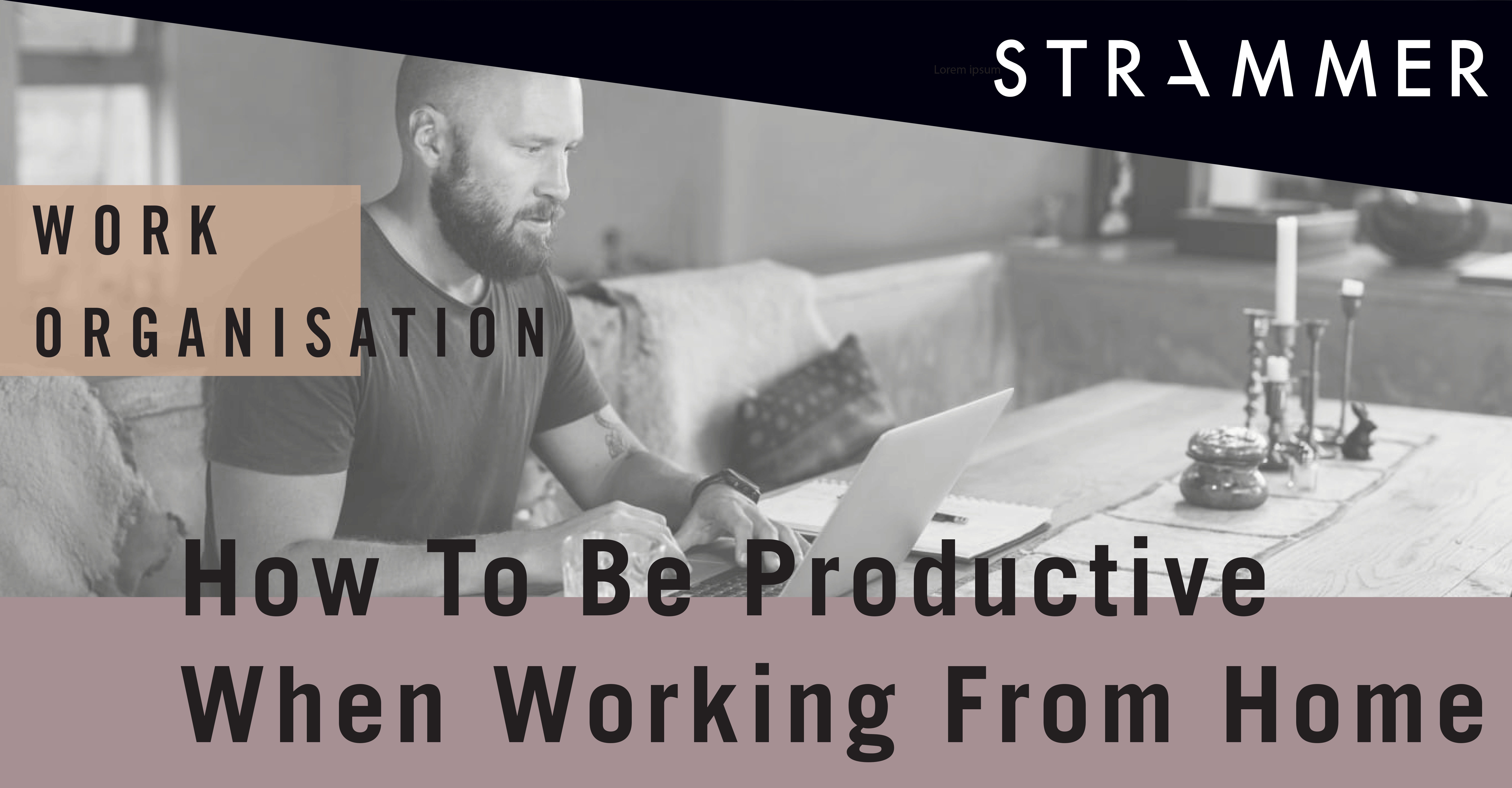Working From Home
Working from home is a trend that has been gaining relevance among companies and workers. It can mean working from home every day or just a few times per week or month. A study from 2018 showed that in the U.S. and Europe, one in three employees said they would be more productive if they worked from home.
Unlike when working in an office, while working from home there is no strict and disciplined environment. This can strengthen our procrastination and worsen work performance. But there are some strategies, employees can implement to assure that working from home is productive.
One strategy is creating a workplace that helps get into work mood. This place should be quiet, comfortable and in a space where it is easy to avoid distractions. This means not working close to televisions, game devices or anything that does not help to get focused.
Creating a strict work schedule that includes breaks is another tactic to help you work at home. This strategy can be beneficial to understand which working hours are more productive. It allows employees to build an efficient working schedule. It is also fundamental to set goals and organise tasks for each day.
Working from home saves time and money. Remote workers lose less time commuting and, there is no need to spend money on transport or meals. A study from OWLLabs in 2019 showed that employees that work from home, a minimum of one time per month, have a 24% probability to feel more productive and happier at work.
Remote work can be a way to make employees feel more autonomous and productive, but it can also have downsides. It can promote bad habits, such as sleeping too much or eating unhealthy food, and it can increase overworking situations. According to the State of Remote Work Report from 2019, the biggest struggle of working from home is the difficulty to disconnect from it.
Throughout working hours, remote workers have almost no social interactions, which can make them feel lonely and isolated. Companies can help overcome this issue, by encouraging meetings in person, scheduling routine calls or promote teamwork.
Companies can profit from employees working from home. It is a way to save money spent on office space, which includes office material, technological devices, and furniture. In addition, as we have seen before, working from home improves productivity, which leads to higher incomes for organisations.
Remote work also allows employers to hire talented candidates independently of where they are located. This means that the number of potential candidates is broader, which leads to more opinions and perspectives. This allows disabled persons – that might not be able to come to the office space – to be hired, and that strengthens workforce diversity.
Given that stress levels of people who work from home are lower, it is less likely that these employees get ill and take sick days. Less stress and higher work flexibility help employee retention and satisfaction. This is beneficial for companies and employers’ reputation.
Despite the positive advantages of working from home for organisations, the initial costs can be high due to employees’ training, adjustments in the workflow, and investment in the employee’s resources. However, long-term benefits are greater.
References:
- Out of office: How to make remote working work for you, June 2019, Medium
- Why remote work isn’t going away anytime soon, March 2019, Fast Company
- How To Work From Home, February 2019, Forbes
- Seven reasons why home working is the future, November 2018, The Telegraph





